In Photos: NASA's Global Hawk Hurricane Drones
Inside the Hangar
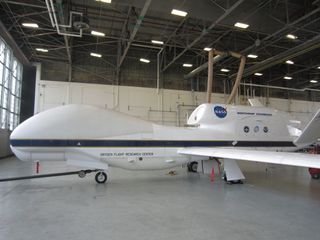
An unmanned Global Hawk aircraft is pictured inside a hangar at NASA's Wallops Flight Facility in Wallops Island, Va., on Sept. 10, 2013.
The Wings of a Global Hawk
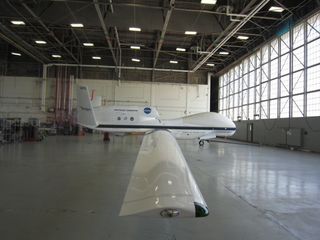
The Global Hawk drones have a wingspan that stretches 116 feet (35 meters).
Hurricane Hunter
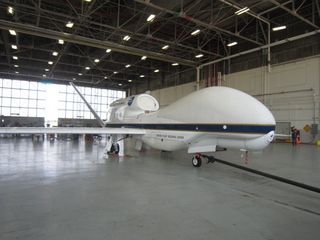
The Global Hawk drone is equipped with microwave and radar instruments inside the round nose, and along the aircraft's underbelly.
Flying "V"
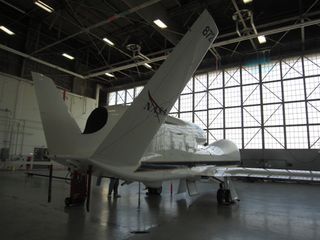
Global Hawk drones have V-shaped tails and long wingspans that stretch 116 feet (35 meters).
Wheels Down
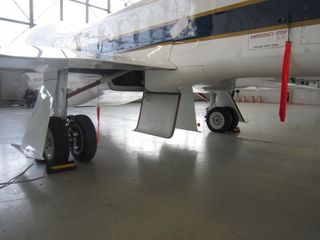
A view of the Global Hawk's wheels and underbelly.
Mission Control

NASA's Hurricane and Severe Storm Sentinel (HS3) Operations Center on Wallops Island, Va.
Global Hawk Support Team
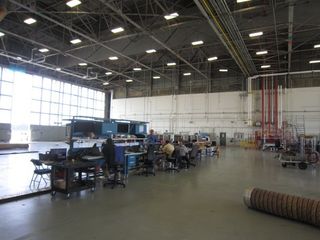
Engineers and flight operators work inside the Global Hawk aircraft hangar in Wallops Island, Va., on Sept. 10, 2013.
Sign up for the Live Science daily newsletter now
Get the world’s most fascinating discoveries delivered straight to your inbox.
Eyes in the Sky

NASA's unmanned Global Hawk drone flew over Tropical Storm Nadine on Sept. 26, 2012. This photo was captured from the camera on the belly of the aircraft, as it passed over the northern edge of the storm.
Test Flight Over California
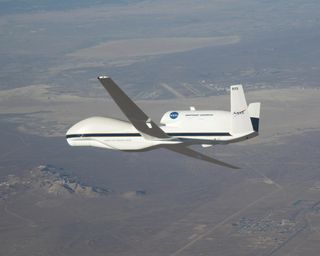
A Global Hawk drone flies over Rogers Dry Lake in California on a test flight on Oct. 23, 2009. The plane's long wings carry the aircraft's fuel, and the bulbous nose is designed to house science instruments.
Coming in for Landing
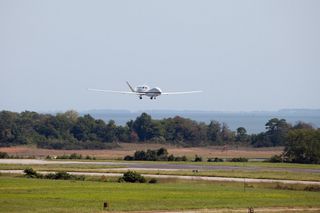
An unmanned Global Hawk drone lands at NASA's Wallops Flight Facility in Wallops Island, Va., on Sept. 7, 2012, after flying around Tropical Storm Leslie in the Atlantic Ocean.
Back to the Hangar
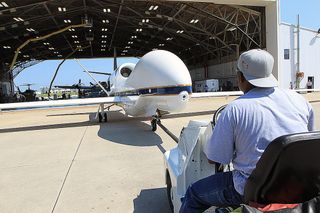
A Global Hawk drone is pushed back into its aircraft hangar at NASA's Wallops Flight Facility in Wallops Island, Va., on Sept. 7, 2012.












